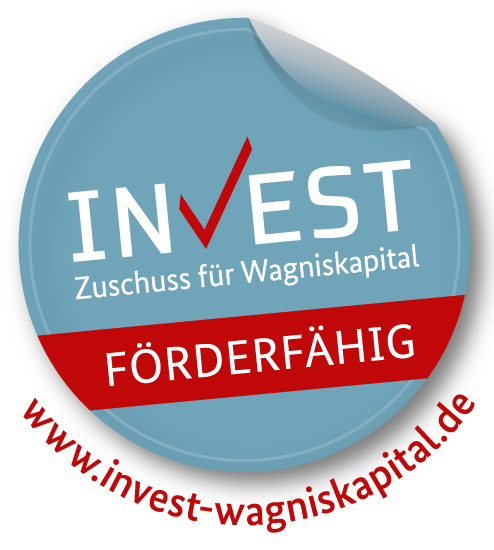Pipeline
Taking advantage of our unique Vaginal Ring platform technology, we are developing new and innovative products in various indications of Female Health. Our pipeline at a glance:

Taking advantage of our unique Vaginal Ring platform technology, we are developing new and innovative products in various indications of Female Health. Our pipeline at a glance:

| Product | Pre Clinic | Phase I | Phase II A | Phase II B | Phase III | Approval | |||
|---|---|---|---|---|---|---|---|---|---|
| VR101 | |||||||||
| VR102 | |||||||||
| VR103 |
Our VR101 vaginal ring is a long-acting non-invasive progestin-only contraceptive with particular reference to women with contraindications to estrogen. Rings are exchanged in 3-month intervals without treatment pause. An intervention of healthcare providers is not required, as opposed to other long-acting contraceptives, and women remain in control of their reproductive function.
We expect superior contraceptive efficacy compared to oral progestin-only products (POPs) because peak-trough plasma variations are avoided. VR101 will have a superior (less irregular) bleeding profile and will induce less mood-related side effects compared to existing POPs.
Why do we need another contraceptive? First, women increasingly prefer long-acting contraceptives and The Center for Disease Control and Prevention (CDC) strongly recommends the use of LARCs (long-acting reversible contraceptives) due to their high efficacy in preventing pregnancy. However, women dislike invasive products that are not under their own control. Second, a significant group of women is currently underserved because of contraindications to estrogen (e.g., age >35, BMI>30, smoking). In the US these risk factors apply to around 40% of the fertile population. We are dedicated to address this group of women in our clinical development program.
Vulvovaginal atrophy (VVA) is a common and underreported condition associated with the decrease of estrogen levels after menopause. Symptoms of VVA have a significant influence on the quality of life of postmenopausal women. VR102 is a long-acting (3-months) and “mess-free“ product compared to creams or vaginal suppositories. It is a safe treatment due to use of low-dose estriol (E3) and would be the first FDA approved estriol preparation.
Initial development activities have been completed for VR102.
Vulvovaginal atrophy is a common and underreported condition of thinning, drying and inflammation of the vaginal walls that may occur when estrogen levels drop. Vaginal atrophy can occur at any time in a women’s life cycle but most often after menopause or medical estrogen deprivation (e.g. breast cancer therapy, harsh endometriosis therapies). Symptoms of vulvovaginal atrophy have a significant influence on the quality of life of postmenopausal women. Current treatment options in the US include estradiol preparations in outdated high strengths.
Endometriosis, a chronic and progressive inflammatory disease, affects about 10% of women of reproductive age. Recently, awareness of this debilitating and painful disease has been increasing. Progestins are the therapeutic backbone based on their anti-inflammatory and anti-proliferative action and are highly effective in around 70% of patients, even in severe disease.
Our VR103 vaginal ring enables constant release of progestin over 3 months. Consistent with guidelines, VR103 shall be an ideal 1st line therapy for women suffering from endometriosis. The efficacy is similar to GnRH agonists and antagonists. No impact on bone mineral density is expected, due to limited reduction in plasma estrogen. The tolerability is superior to approved progestin-only products, with no / minimal estrogen withdrawal symptoms, such as, e.g., hot flashes, night sweats, vaginal dryness, and mood disorders.
The primary symptoms of endometriosis are menstrual pain (dymenorrhia), pain during intercourse (Dysparunia), but also pain during bowel movements (Dyschezia). Endometriosis is also a major cause of infertility which also leads to major mental problems for many women and couples. Although the socio-economic costs of endometriosis are in the order of those of asthma and other chronic diseases, endometriosis has remained largely neglected in the past.
Since the etiology of endometriosis is unknown, there is no causal therapy available. From currently available treatments no drug class dominates the market. The aim of therapy is to limit or stop the production of estrogen because it drives endometriotic tissue to grow and shed and causes inflammation. As a consequence, pain will be reduced and disease progression slowed. In contrast to estrogens, progestins have a positive effect on endometriosis because they suppress endometrial proliferation, inflammation and also plasma estrogen concentration.
